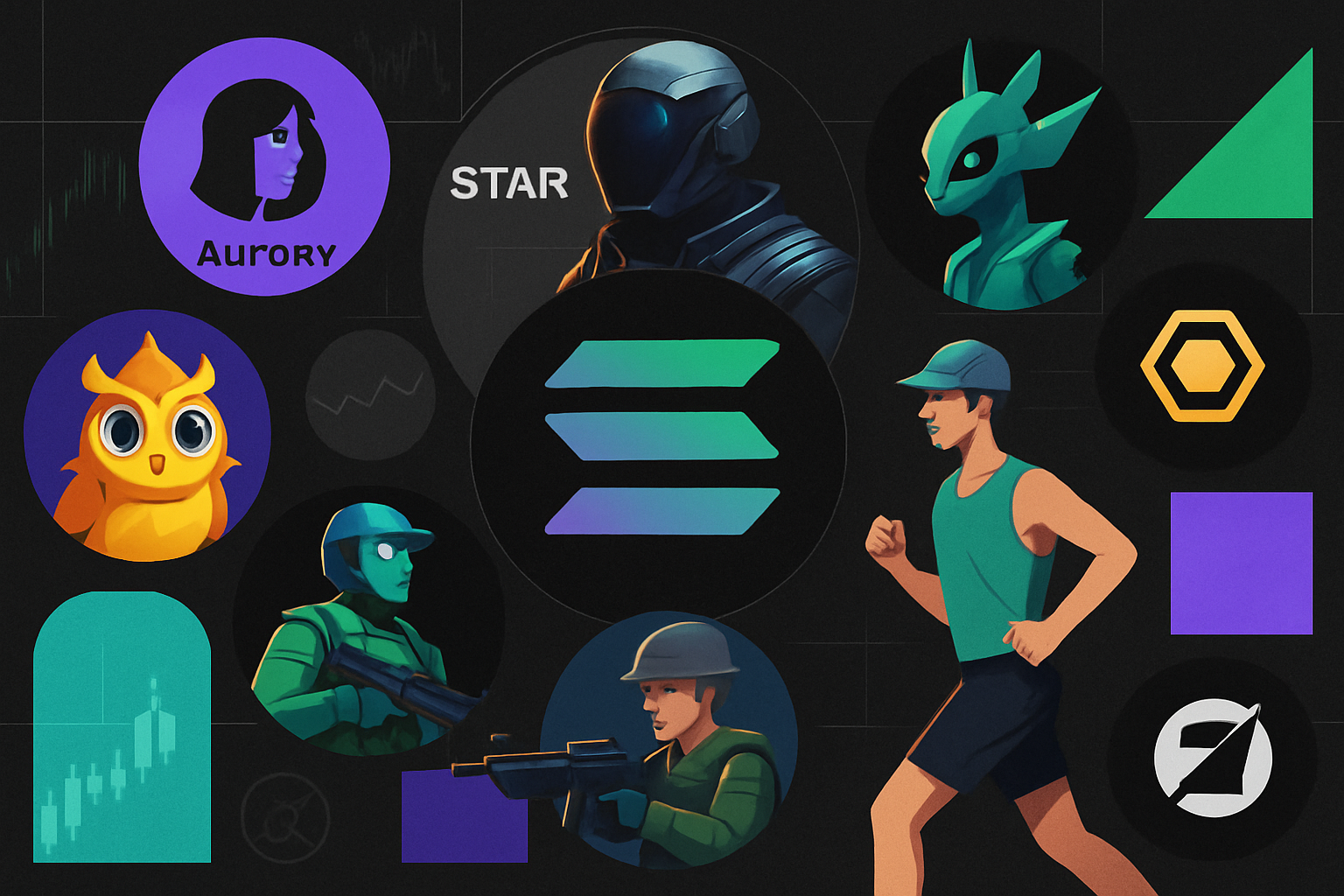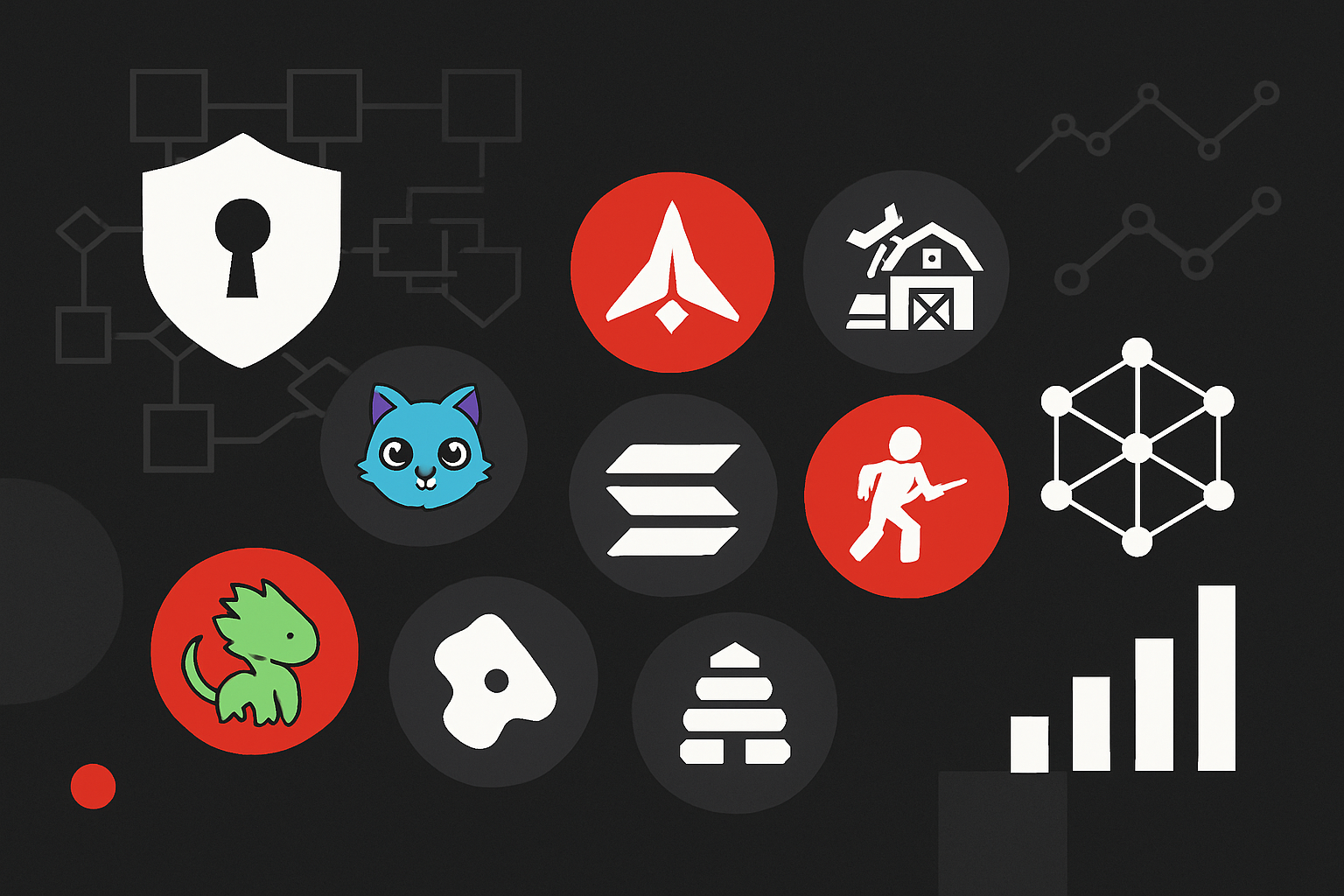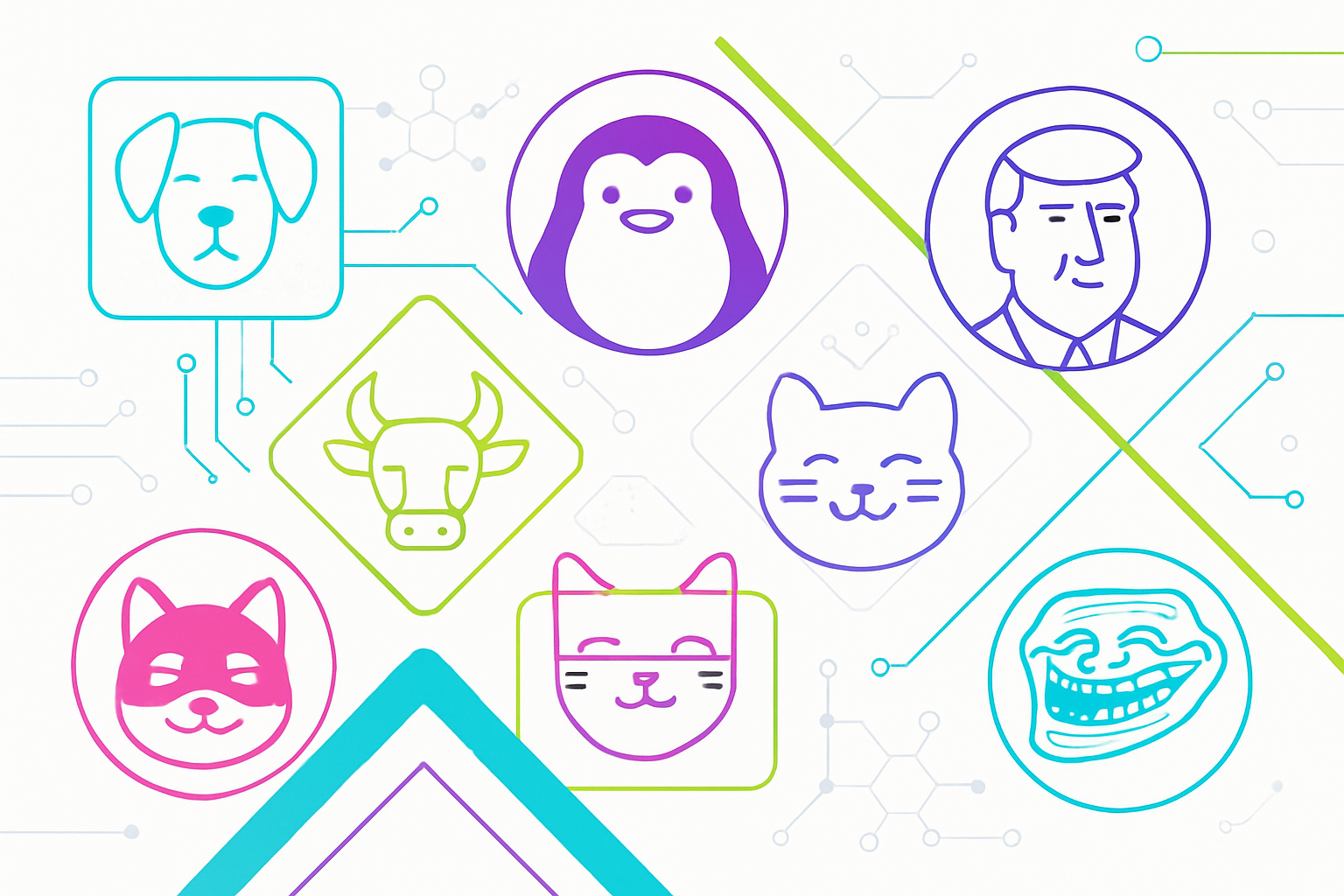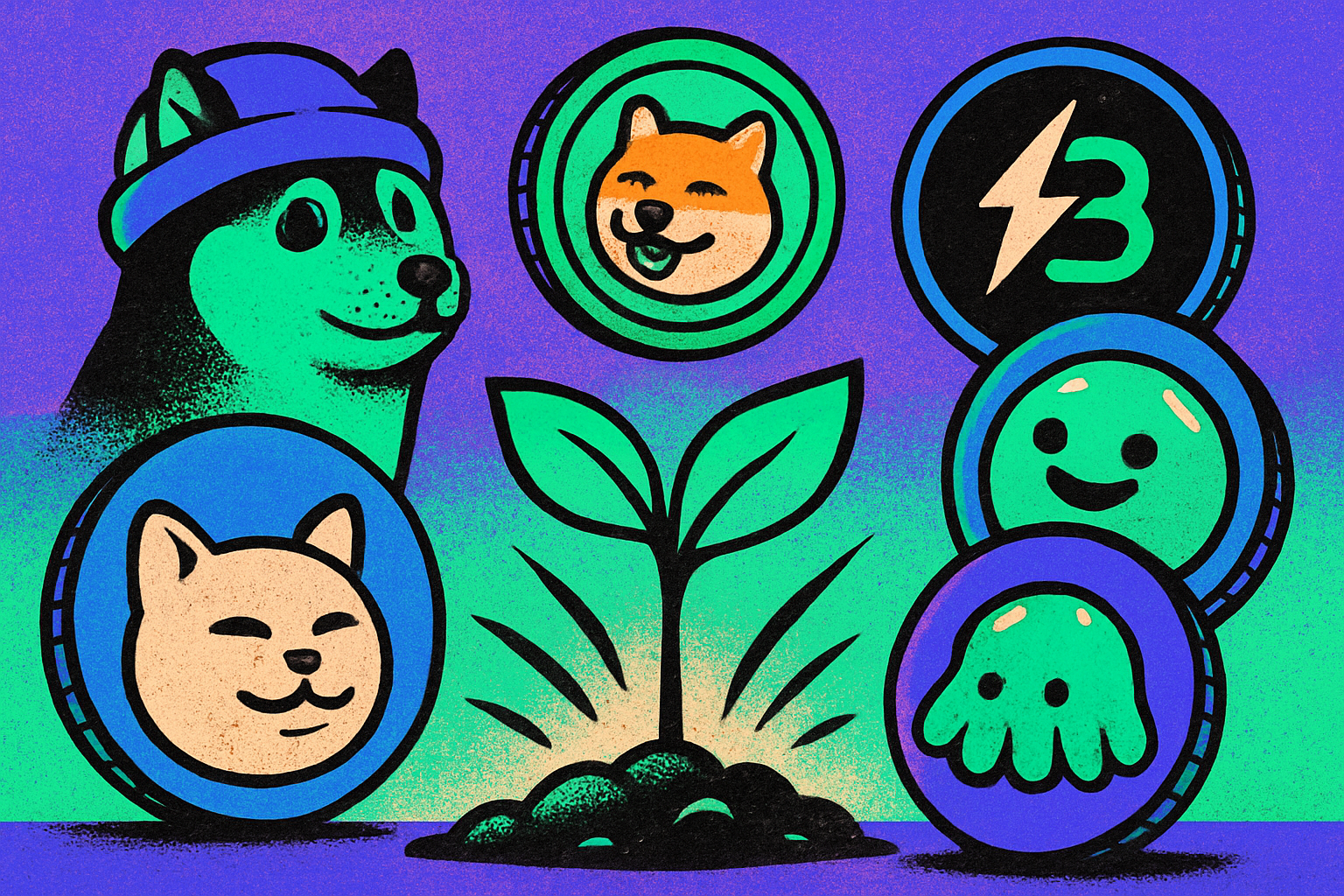
Valannia is making headlines as the most ambitious medieval MMO to leverage the Solana blockchain, blending classic gameplay with cutting-edge Web3 mechanics. As the Solana gaming ecosystem matures into 2025, Valannia stands out for its robust integration of NFT asset ownership, a player-driven economy powered by $VALAN, and Unreal Engine 5 visuals that rival traditional AAA titles. But does it deliver on its promise to revolutionize both MMOs and blockchain gaming?
![]()
Medieval Fantasy Meets Blockchain: What Sets Valannia Apart?
At its core, Valannia is a massive multiplayer online (MMO) strategy game set in a richly detailed medieval universe. Players choose from eight distinct races, each offering unique abilities and playstyles. The gameplay blends real-time strategy (RTS) elements – think large-scale troop command and territory control – with classic MMO features like avatar progression, social hubs, and open-world exploration.
What truly differentiates Valannia from other Solana games is its layered world structure:
- Green Zone: Safe haven for socializing, trading NFTs and resources, crafting, and building.
- Yellow Zone: Resource-rich areas where PvP is enabled but risk is moderate – ideal for competitive players seeking rewards without catastrophic loss.
- Red Zone: The high-stakes frontier where players can earn the greatest rewards but risk losing assets permanently (including NFTs) on defeat. This zone exemplifies true digital ownership and consequence.
This risk-reward structure creates a dynamic economy where player choices have tangible consequences – a marked evolution from the zero-stakes environments of legacy MMOs.
The $VALAN Token: Powering an On-Chain Economy
The backbone of Valannia’s economy is the $VALAN token. Unlike many play-to-earn tokens that suffer from inflation or lack of utility, $VALAN serves multiple functions:
- Utility: Used for in-game purchases such as hero upgrades, land acquisition, resource trading, and tournament entry fees.
- Governance: Token holders participate in decision-making via the Valannia DAO, shaping future game updates and economic policies.
- Sustainability: Progressive token burns remove 20% of all $VALAN spent in-game from circulation; allocations reward landholders and fund a treasury with SOL/BTC returns distributed to the community annually.
This multifaceted approach positions $VALAN as more than just a speculative asset. Instead it becomes central to both gameplay progression and long-term ecosystem health. For those tracking top Solana games or evaluating innovative tokenomics models in Web3 gaming for 2025, Valannia offers a compelling case study.
NFTs and True Asset Ownership on Solana
One of the most significant shifts Valannia brings to the MMO genre is genuine digital ownership. Every hero character (such as those minted during the recent Risen Heroes event), land plot, combat unit, resource bundle – even rare cosmetics – exists as an NFT on Solana. This means players can freely trade assets across marketplaces or within the game’s own peer-to-peer system. Crucially, these NFTs are not just cosmetic; they often impact gameplay by unlocking new abilities or progression paths.
This model contrasts sharply with traditional MMOs where items are locked behind centralized servers or subject to arbitrary bans. Here on-chain asset ownership empowers players economically while fostering deeper engagement through meaningful risk (especially in Red Zones).
The Road Ahead: Arena Launches and Full-Scale Rollout
The full version of Valannia is slated for release over the next two to four years; however, players can experience early access via “Valannia Arena, ” set to debut by late 2024. This mode focuses on competitive multiplayer combat (1v1/2v2), providing an early showcase for Unreal Engine 5’s capabilities on Solana infrastructure. As development progresses toward launch milestones – including expanded world zones and advanced RTS mechanics – expectations are high that Valannia will set new standards for both graphical fidelity and blockchain integration among best Solana games in 2025.
Valannia’s development roadmap is ambitious, reflecting both the scale of its technical vision and the evolving demands of the Web3 gaming community. The phased rollout, beginning with Valannia Arena, serves as a proving ground for core mechanics, real-time PvP balance, and the robustness of on-chain asset management. This approach not only builds anticipation but also allows for iterative feedback from early adopters, which is critical in refining gameplay loops and economic incentives.
The integration of Unreal Engine 5 cannot be overstated. The engine’s advanced rendering pipeline enables Valannia to deliver a level of environmental detail, character animation, and large-scale battles previously unseen in blockchain-based games. For players accustomed to the visual standards set by traditional AAA MMOs, this marks a significant leap forward for Solana-native titles.
Community Governance and Player Agency
Valannia’s player-driven governance model is another cornerstone of its ecosystem. Through the Valannia DAO, $VALAN holders are empowered to propose and vote on game updates, economic parameters (such as burn rates or staking rewards), and even narrative expansions. This participatory framework aligns incentives between developers and the community, a marked shift from top-down decision-making that often alienates MMO player bases.
The impact of this model is already visible in discussions around future content releases and balancing changes. By giving real economic weight to player voices, Valannia fosters a sense of ownership that extends beyond mere asset possession into genuine co-creation of the virtual world.
Risks, Rewards, and the Economics of Play
The high-stakes nature of Valannia’s Red Zone introduces a unique risk calculus rarely seen in mainstream MMOs. Here, losing a battle can mean permanent forfeiture of valuable NFTs, heroes or land, while victory offers outsized rewards in $VALAN tokens or rare items. This dynamic injects real consequence into PvP encounters and resource wars; it also demands that players weigh their strategies carefully before venturing into these perilous territories.
Meanwhile, the progressive token burn mechanism (20% of all $VALAN spent) directly addresses inflationary pressures often seen in play-to-earn economies. Combined with annual SOL/BTC treasury distributions to active participants, this creates multiple layers of value accrual for committed players while discouraging short-term speculation.
How Does Valannia Compare Within Solana’s 2025 Gaming Landscape?
Amidst a crowded field of Solana-based titles vying for attention in 2025, Valannia distinguishes itself through its combination of:
- Deep on-chain integration: All meaningful assets are NFTs tradable across open markets.
- Mature tokenomics: A multi-pronged approach to sustainability with burns, treasury yields, and governance allocations.
- AAA-level visuals: Unreal Engine 5 sets a new bar for graphical fidelity among Web3 games.
- Iterative development: Community feedback actively shapes game evolution via DAO proposals.
This positions Valannia not just as another play-to-earn experiment but as a potential blueprint for how blockchain MMOs can rival, and perhaps surpass, the engagement loops found in legacy online worlds. If you’re looking for a comprehensive overview on how Valannia is shaping next-gen Solana gaming economies and technical standards, this resource offers an excellent deep dive.
The Bottom Line: Is Valannia Worth Watching?
If you’re tracking best Solana games 2025, or seeking exposure to innovative $VALAN token game economies with robust on-chain asset ownership models, Valannia deserves close attention. Its blend of risk-reward gameplay, true digital property rights via NFTs on Solana, community-led governance structures, and technical polish signals a new era for Web3 MMOs.
The project still faces hurdles common to ambitious blockchain games: onboarding friction for non-crypto natives; ensuring long-term value retention for $VALAN; maintaining balance between whales and casual players. Nevertheless, its transparent roadmap and active community engagement suggest that these challenges are being addressed head-on.
As we move toward full launch over the next several years, and with Arena mode arriving imminently, Valannia stands poised not just to revolutionize medieval fantasy MMOs but also to set new benchmarks across both traditional gaming and decentralized ecosystems alike.






